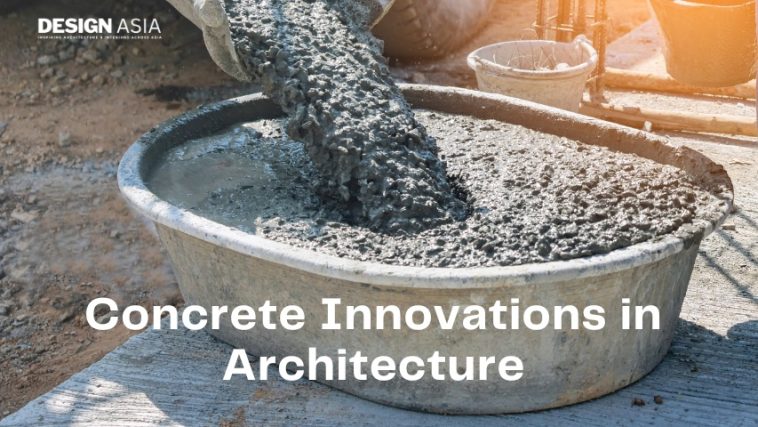Concrete has been a staple in architecture for centuries, but recent advancements are transforming its applications, sustainability, and aesthetics. From self-healing concrete to 3D-printed structures, the material is evolving to meet modern demands. Below are some of the most exciting innovations shaping the future of architecture.
1. Self-Healing Concrete
One of the most groundbreaking innovations is self-healing concrete, which can repair cracks autonomously. This is achieved through embedded bacteria or microcapsules containing healing agents that activate when cracks form. This technology extends the lifespan of buildings and infrastructure, reducing maintenance costs and environmental impact.
2. 3D-Printed Concrete Structures
3D printing is revolutionizing construction by allowing architects to create intricate, customized designs with minimal waste. Concrete 3D printing enables rapid construction, reduces material consumption, and allows for complex geometries that traditional methods struggle to achieve. This innovation is particularly promising for affordable housing and emergency shelters.
3. Ultra-High-Performance Concrete (UHPC)
UHPC is a type of concrete with exceptional strength, durability, and flexibility. It contains fine particles such as silica fume and steel fibers, making it more resistant to wear and extreme weather conditions. This material allows architects to design thinner, more elegant structures while maintaining structural integrity.
4. Transparent Concrete
Also known as light-transmitting concrete, this material incorporates optical fibers to allow light to pass through. It creates stunning architectural effects while maintaining strength. Transparent concrete is ideal for aesthetic applications in walls, facades, and interior spaces where natural light is desired.
5. Carbon-Reinforced Concrete
Traditional steel reinforcement in concrete is prone to corrosion, but carbon fiber reinforcement offers a lightweight, stronger, and corrosion-resistant alternative. Carbon-reinforced concrete reduces the need for thick structures, enabling sleeker and more sustainable designs.
6. Green Concrete for Sustainability
Sustainability is a key focus in modern architecture, and green concrete is leading the way. Innovations include using recycled materials such as fly ash, slag, and even plastic waste in concrete mixtures. Additionally, carbon-capturing concrete absorbs CO₂ from the atmosphere, significantly reducing the carbon footprint of construction.
7. Smart Concrete for Structural Monitoring
Smart concrete incorporates sensors and conductive materials to monitor structural health in real time. It can detect stress, strain, and cracks, sending data to engineers for proactive maintenance. This technology improves safety, especially in bridges and high-rise buildings.
Concrete is no longer just a basic construction material; it is becoming smarter, stronger, and more sustainable. With continuous innovation, architects can push the boundaries of design while addressing environmental concerns. These advancements are shaping a future where concrete is not just a foundation for buildings but a key driver of architectural evolution.


